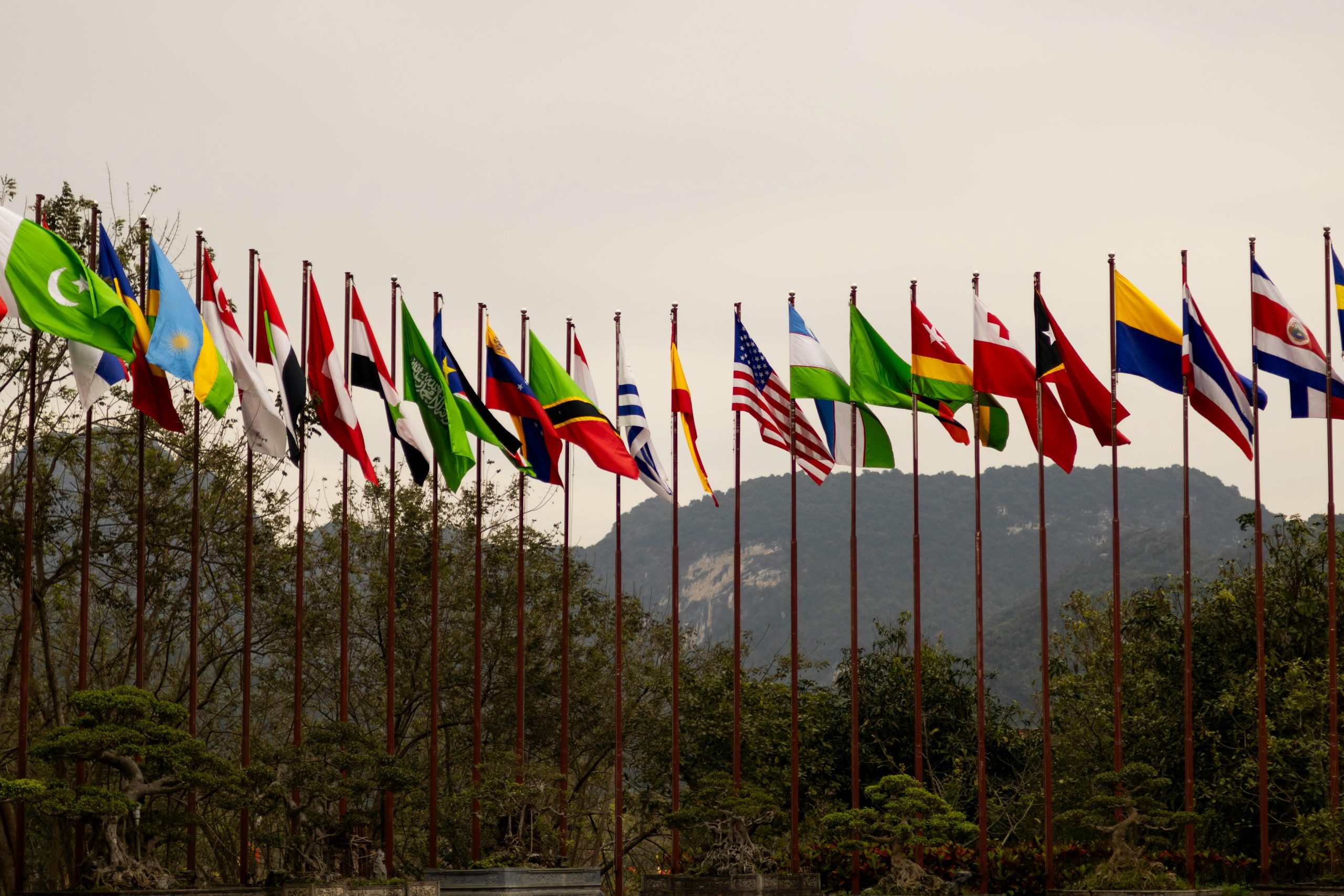Understanding the international layer unlocks the complexities of cross-border systems and operations. This concept shapes global finance, technology, and law by connecting diverse jurisdictions and protocols. Grasping its practical applications reveals how organizations streamline international transactions and governance, making global reach simpler and more efficient than ever before.
Overview of the Concept of “International Layer” in Various Sectors
The international layer refers to the underlying framework enabling cross-border operations across sectors like technology, law, and finance. In technology, it involves global data and communication infrastructures that support seamless connectivity. For law, it encompasses international legal standards and treaties facilitating cooperation between countries. The importance of this layer becomes clear in international trade, where it ensures compliance with global regulations and enhances communication.
Have you seen this : How to quickly insert tables in your gmail messages
Amid globalization and digital integration, the international layer’s relevance grows substantially. It underpins initiatives such as ozone preservation efforts and environmental treaties, which rely on coordinated international policies. For example, global ozone recovery campaigns connect nations through shared objectives and joint efforts.
You can view more details on this page: https://intlayer.org. This page explains how https://intlayer.org supports cross-sector collaboration, emphasizing the layered approach to global connectivity and environmental responsibility. Such frameworks are essential for advancing international policies and effective transnational cooperation.
Also read : 5 easy steps to add tables to your gmail emails fast
Technical and Financial Applications of “International Layer”
In Blockchain and Network Infrastructure
The international layer streamlines cross-border data exchange, essential for blockchain systems and global communication networks. By structuring global layers of the atmosphere, this model parallels how digital infrastructure manages data flow across multiple jurisdictions. In multinational data centers, the international layer enables compliance with global environmental protection laws and supports international data sovereignty by segmenting storage rules by region. These frameworks optimize international environmental governance by reinforcing security and efficiency for ecosystem-scale information sharing.
Deploying an international layer in network architecture facilitates global collaboration on atmospheric issues as it supports real-time, cross-jurisdictional data sharing. This technology foundation enhances atmospheric science and international cooperation, driving informed policy and regulatory solutions. The approach’s modular design strengthens layered system resilience, reducing risk during environmental crises and boosting international scientific conferences on environment aiming at sustainable solutions.
In Banking and Financial Systems
The international layer’s structure is essential for international transaction processing, improving the cross-border flow of funds. International environmental treaties and global protocols bolster this framework, ensuring regulatory alignment for multinational banks. By leveraging shared environmental treaties and global impact guidelines, institutions meet rising standards of transparency and compliance—a necessity in modern finance.
Financial organizations integrate the international layer to better enforce international environmental protection achievements and strengthen monitoring of cross-border capital linked to environmental projects. This not only ensures regulatory robustness but also supports seamless adoption of international environmental regulation frameworks for global sustainability.
Legal and Policy Implications of “International Layer”
In International Law and Governance
International environmental treaties form the foundation of global ozone preservation efforts. Precision: International agreements on atmospheric protection establish frameworks for cooperation; recall: these frameworks require active participation by the international community and environmental responsibility stakeholders. Bodies like the UN and EU facilitate international environmental conferences that bolster global collaboration on atmospheric issues. Such forums support strategies for protecting the ozone and help address jurisdiction and enforcement complexities that stem from the global nature of the problem.
International environmental governance leverages atmospheric science and international cooperation to oversee worldwide ozone layer protection initiatives. These efforts highlight how the international layer improves coordination, providing pathways for international environmental action days to foster public participation and ensure equitable contributions from countries.
In Regulatory and Security Frameworks
International standards for data protection, notably those impacting environmental monitoring, illustrate how global environmental protection laws intersect with global commitments to ozone layer health. By implementing international environmental regulation frameworks, states can collectively enforce ozone layer atmospheric chemistry standards. Global initiatives for ozone recovery, supported by international environmental research collaboration, address gaps in compliance while facilitating transparent global ozone layer status updates to the international community.
Practical Examples and Future Trends
Current Use Cases
International agreements on atmospheric protection are foundational in driving real-world progress on global ozone preservation efforts. Instruments such as the Montreal Protocol have demonstrated measurable success by mandating phased reductions in ozone-depleting substances, resulting in positive global ozone layer status updates. Key global initiatives for ozone recovery include ongoing international environmental conferences that convene governments and scientists to align on new global strategies for protecting the ozone and to monitor the outcomes of implemented policies.
Global environmental observances, including international environmental protection days and the international day for the ozone layer celebrations, fuel public engagement and awareness. These events, backed by international environmental policy development and global environmental awareness campaigns, spur further adoption of strategies for protecting the ozone and boost international commitment to environmental treaties.
Emerging Trends and Challenges
Advanced atmospheric science and international cooperation now leverage AI and IoT, creating international environmental monitoring systems that enable timely global ozone layer depletion statistics. Despite these advances, geopolitical considerations continue to impact the effectiveness of international environmental treaties and the global commitment to ozone layer health. Regulatory fragmentation and challenges in international environmental governance present ongoing obstacles for the success of global frameworks for ozone layer conservation.









